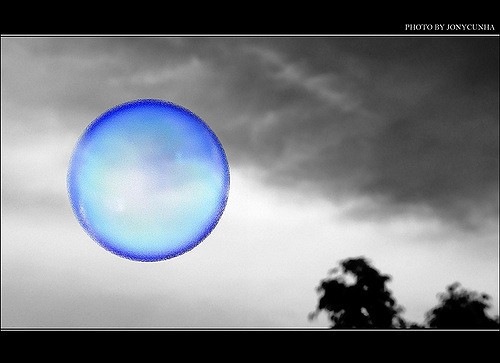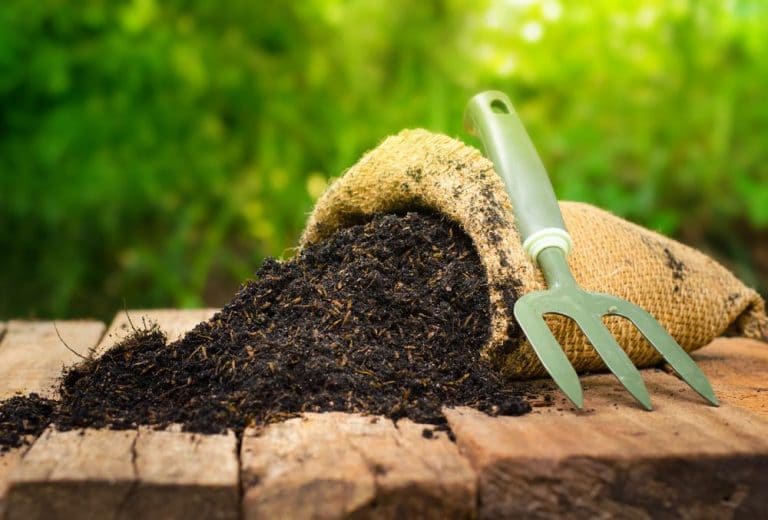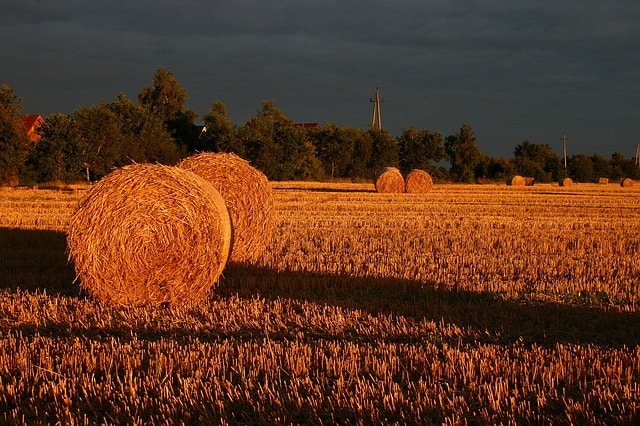Causes, Effects and Solutions of Ozone Layer Depletion

The Ozone layer is a deep blanket in the stratosphere made up of comparatively high concentration of the ozone. As a result of its chemical composition, ozone is regarded as a special type of oxygen as it contains three oxygen molecules (O3) as opposed to the usual two oxygen molecules (O2).
The ozone layer encircles the earth and occurs naturally. It is mainly found in the lower part of the stratosphere, approximately 15 to 30 kilometers (9 to 18 miles) above the earth. The ozone is an extremely reactive layer and it acts as a shield from the harmful ultraviolet B rays discharged from the sun. The ozone layer is continually being generated and broken down owing to several atmospheric processes and chemical reactions. This makes the thickness of the ozone layer to vary geographically and seasonally.
Climate change and ozone depletion are two global issues that are different but have many connections. In the ozone depletion case, we managed to work with decision makers effectively so that an international agreement called the Montreal Protocol was achieved that essentially solved the ozone depletion problem.
~Mario J. Molina
According to Wikipedia,
“The ozone layer or ozone shield is a region of Earth’s stratosphere that absorbs most of the Sun’s ultraviolet (UV) radiation. It contains high concentrations of ozone (O3) in relation to other parts of the atmosphere, although still small in relation to other gases in the stratosphere. The ozone layer contains less than 10 parts per million of ozone, while the average ozone concentration in Earth’s atmosphere as a whole is about 0.3 parts per million.“
Advantages of the Ozone Layer
-
Protection against cancer and cataracts
Ozone is very efficient at absorbing the sun’s ultraviolet (UV) radiation even in very small amounts. For this reason, the ozone layer protects the earth by blocking the harmful ultraviolet (UV) radiation that can cause skin cancer and cataracts in humans.
-
Protection of the environment and ecosystems
The ultraviolet (UV) radiation from the sun is very harmful and can be destructive to our natural ecosystems and the environment. UV radiation has an effect upon the fertility of some animals and affects the survival of their offspring. Plants are as well affected by UV radiation as it negatively impacts their ability to develop and grow properly.
Furthermore, UV radiation determines chemical reaction and breakdown of various atmospheric processes which can contribute to disastrous changes in the aquatic environments and other earth’s ecosystems in general. For instance, changes in UV levels affect the growth and development of phytoplankton. The ozone layer thus plays an important role by preventing the harmful UV radiations from penetrating into the earth’s lower atmosphere (the troposphere).
Causes of Ozone Layer Depletion
There have been several concerns about ozone depletion. The problems and causes associated with ozone depletion arise from human activities. Unlike pollution which has several causes, there is one specific chemical compound that is responsible for the breakdown of the ozone layer.
These chemical compounds are present in many industrial manufactured products and aerosols. Nonetheless, since the discovery of ozone depletion, the Montreal Protocol was established to regulate the manufacture and use of these chemical compounds. Below is the detailed account of the chemicals responsible for the ozone layer depletion.
-
Chlorofluorocarbons (CFCs)
Chlorofluorocarbons (CFCs) are the primary cause for the ozone layer depletion. Industrial products including solvents, soaps, spray aerosols, insulating foams, ‘take-away’ containers and cooling utilities such as refrigerators and air conditioners use chlorofluorocarbons (CFCs). Over time, these substances accumulate in the atmosphere are carried by wind action into the stratosphere.
Once the chlorofluorocarbons (CFCs) are in the stratosphere, their molecules are broken up by the ultraviolet radiation from the sun which releases Chlorine atoms. The Chlorine atoms react with the Ozone, setting out a chemical cycle that destroys the good ozone. The U.S. Environmental Protection Agency (EPA) estimates that once Chlorine atom can break up more than 100,000 ozone molecules.
-
The ODS
There are also other chemical substances that are generally grouped as Ozone Depleting Substances (ODS). Examples are methyl bromide use in pesticides, methyl chloroform used on making industrial solvents, and halons used in fire extinguishers. Just like the chlorofluorocarbons (CFCs), these substances also chemically react with the ozone which starts a chemical cycle that break up the good ozone.
-
Other chemicals
Other chemicals that naturally present similar reactions with the good ozone include Clx, Hox and Noy which belong to the Chlorine, Hydrogen and Nitrogen families respectively.
Effects of Ozone Layer Depletion
Ozone layer depletion can have some serious consequences on effects of human health, plants, marine ecosystems, biogeochemical cycles and earth’s environment. Let us see each one of these in detail.
-
Effect on health of humans
With depletion in ozone’s layer, we humans are more prone to UV rays that reaches the Earth’s surface. Studies suggests that high levels of UV Rays cause non-melanoma skin cancer and plays a major role in malignant melanoma development. Direct exposure to UV rays can lead to development of cataracts which clouds the eye’s lens.
Permanent exposure to UV rays can also lead to weakening of the response of immune system and even permanent damage to immune system in some cases.
Aging of skin is yet another problem that will make you look older than what you really are. Extensive exposure to UV rays can lead to acceleration of the aging process of your skin.
-
Effect on plants
Plants become another casualty by radiation effects of UV rays. The physiological and developmental processes of plants are also severely affected apart from the growth. Some other changes that are caused by UV inlcude the way plants form, timing of development and growth, how nutrients are distributied within the plant and metabolism, etc.
-
Effect on marine ecosystems
UV rays also have adverse effect on the marine ecosystems. It badly affects the planktons that form the foundation of aquatic food webs. Phytoplankton grow close to the surface of the water and plays vital role in the food chain and oceanic carbon cycle. Changes in UV levels is know to affect both orientation and motility in phytoplankton. This reduces the survival and growth rate of these organisms.
UV rays are also known to affect the development stages of fish, shrimp, crab, amphibians, and other marine animals. When this happens it affects whole marine food chain as animals in the upper food chain that feed on these fishes are also affected.
-
Effect on biogeochemical cycles
Increases in UV radiation alters both sources and sinks of greenhouse gasses in the biosphere e.g.: e.g., carbon dioxide, carbon monoxide, carbonyl sulfide, ozone, and possibly other gases. Changes in UV levels would contribute to biosphere-atmosphere feedbacks that mitigate or amplify the atmospheric concentrations of these gases.
Solutions to Ozone Layer Depletion
Depletion to ozone layer depletion does not affect a region or a country. In fact whole world is vulnerable to its after affects. The increase in the levels of UV rays lead to high rate of skin cancer and eye related problems. Lets have a look at some of the solutions to ozone layer depletion.
-
Avoid products that results in ozone depletion
If you are out for shopping, don’t buy aerosol products with chlorofluorocarbons. Do check your fire extinguishers if “halon” or “halogenated hydrocarbon” is the main ingredient. Dispose of old air conditioning units, refrigerators that use chlorofluorocarbons to function. This could release the toxic chemicals into the atmosphere.
-
Advocate for ozone protection
Fertilizers and pesticides are extensively used in agriculture and are also a source of nitrous oxide production which is the main culprit in depletion of ozone layer. Encourage local political representatives to raise a campaign to put forth laws governing fertilizer use.
-
Speak to your family, friends, colleagues
Ozone layer depletion is something that could prove hazardous for the entire human community. Speak to your friends, family members, colleagues and encourage them to drive less, eat local, to dispose of fire extinguishers and air conditioning units containing ODS (ozone depleting substances).






